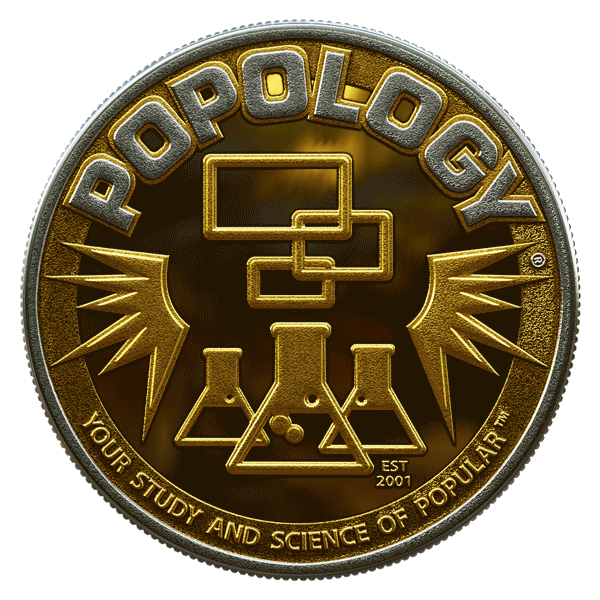- Joe Rey

- Mar 11
- 1 min read
Something To Ponder On The POPOLOGICAL Power Of Delusion.
Franz Kafka was a Jewish Austrian-Czech novelist and writer from Prague who wrote in German. He is widely regarded as a major figure of 20th-century literature. His work fuses elements of realism and the fantastic, and typically features isolated protagonists facing bizarre or surrealistic predicaments and incomprehensible socio-bureaucratic powers. It has been interpreted as exploring themes of alienation, existential anxiety, guilt, and absurdity. His best known works include the novella The Metamorphosis (1915) and the novels The Trial (1924) and The Castle (1926). The term Kafkaesque has entered English to describe absurd situations like those depicted in his writing.








































































%20NEW-03.png)







